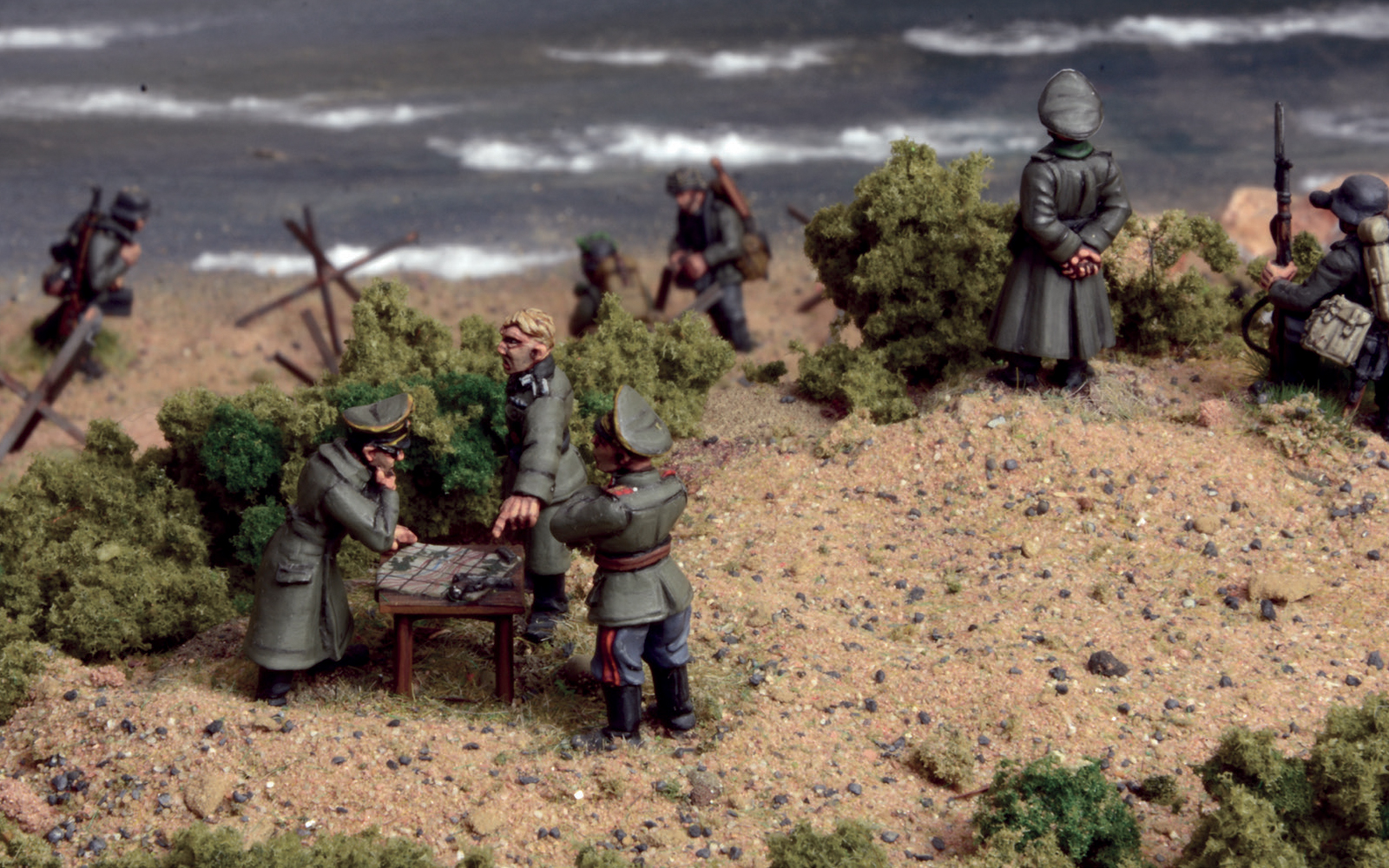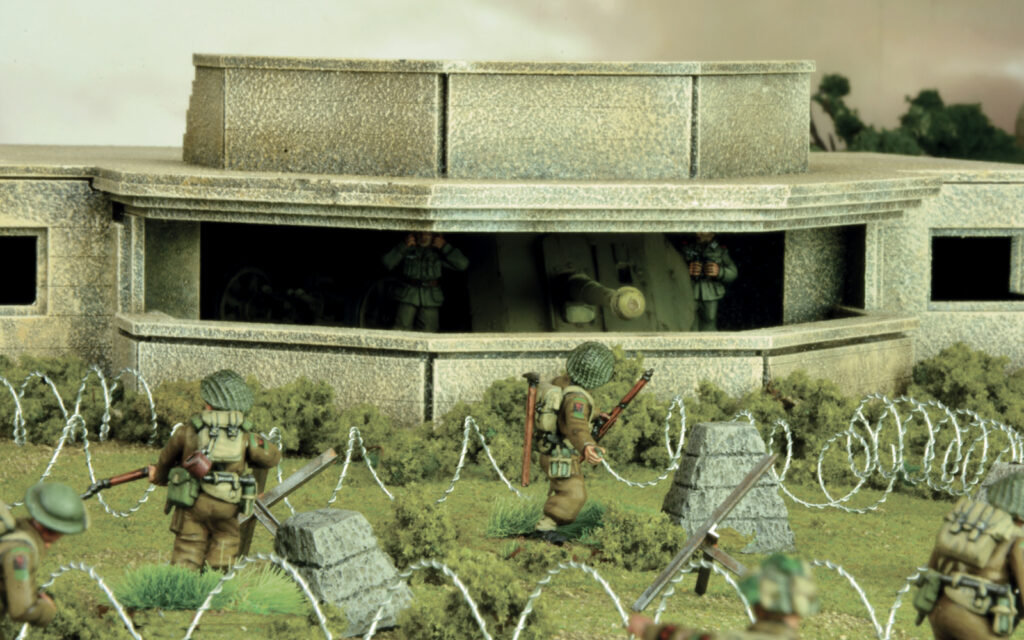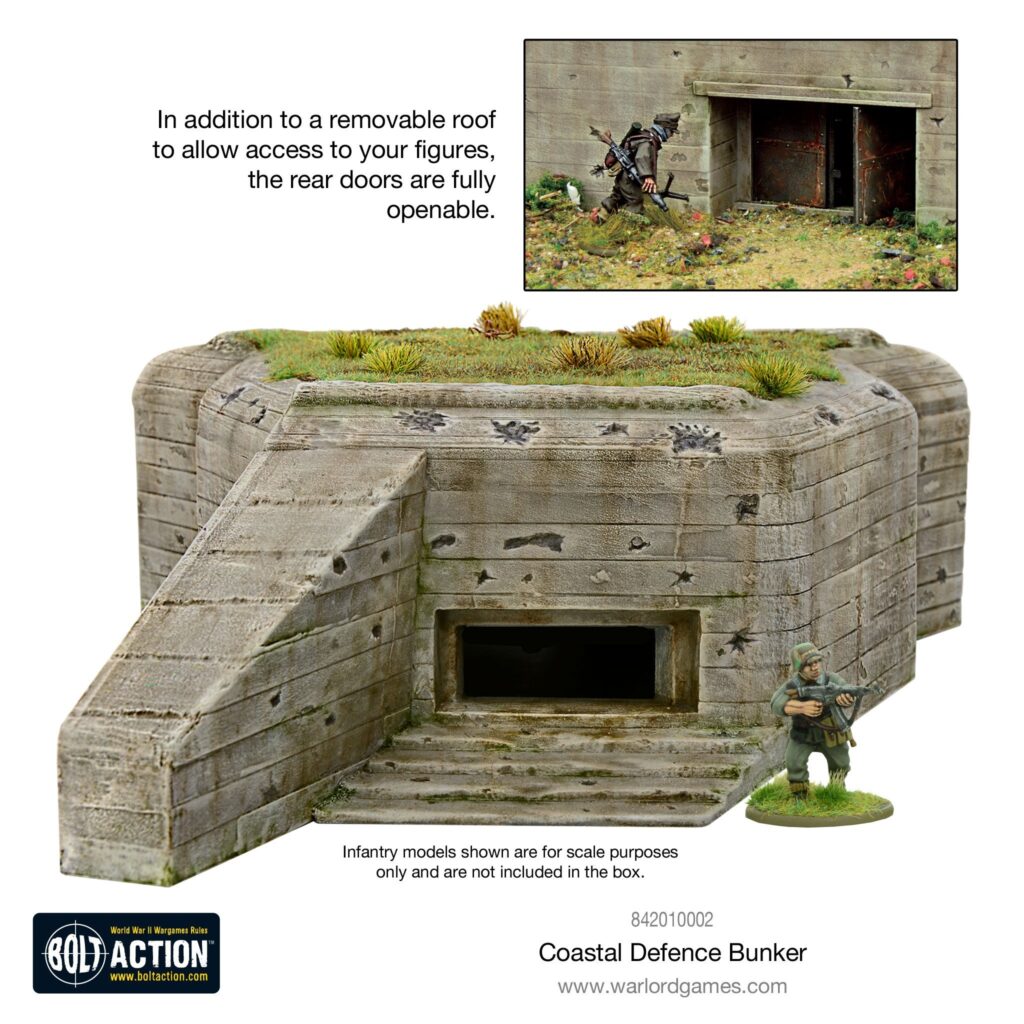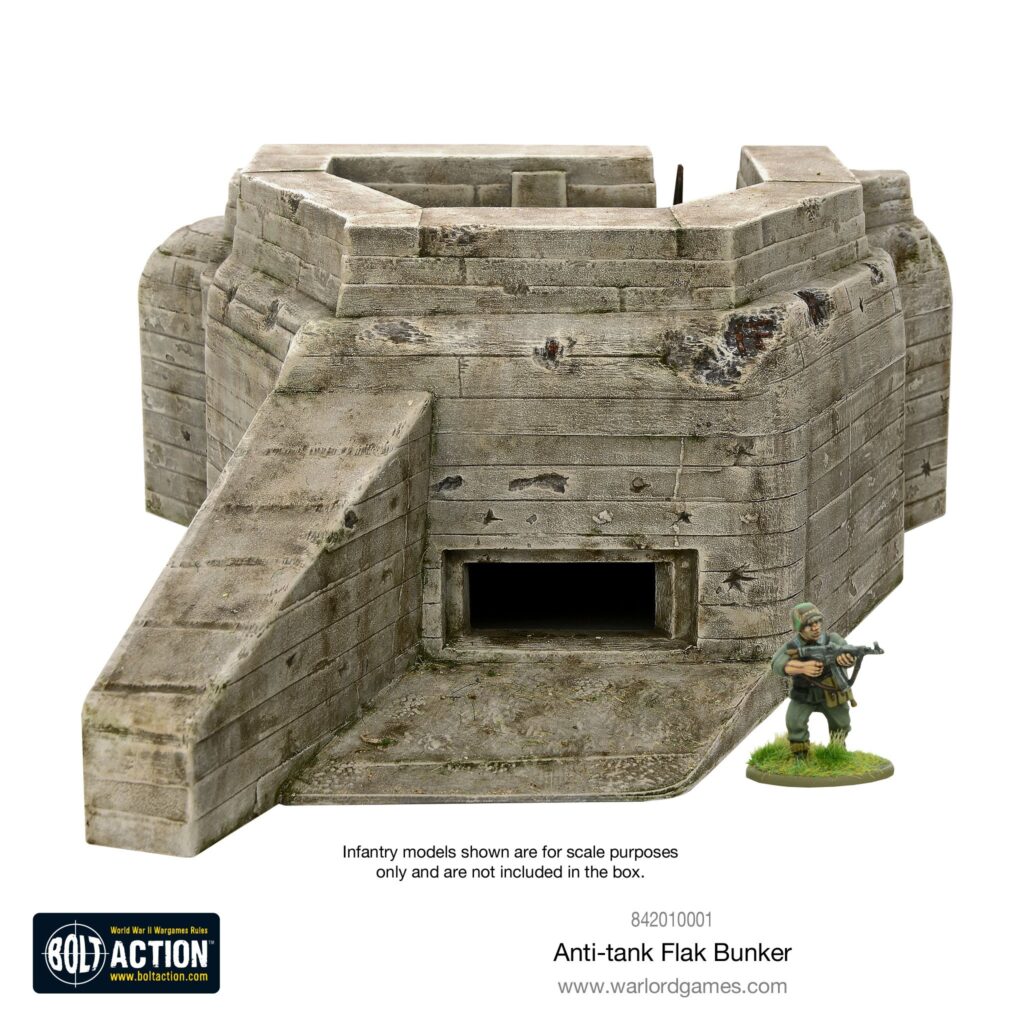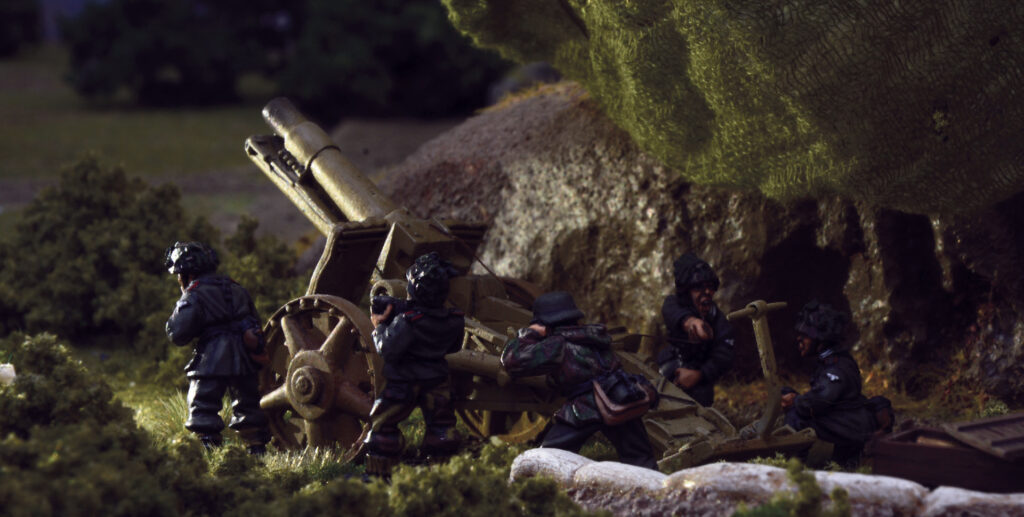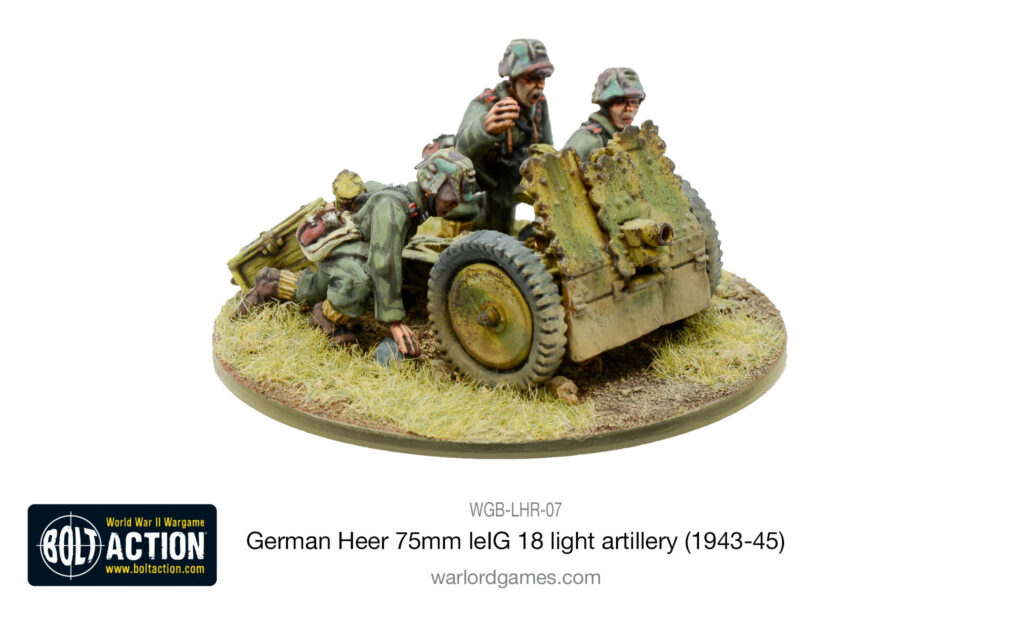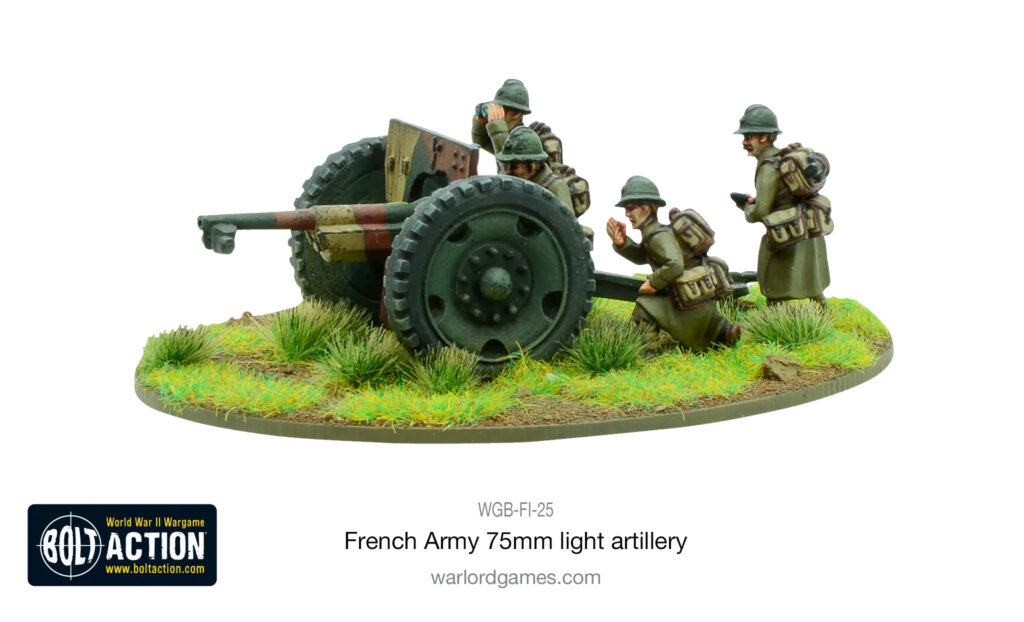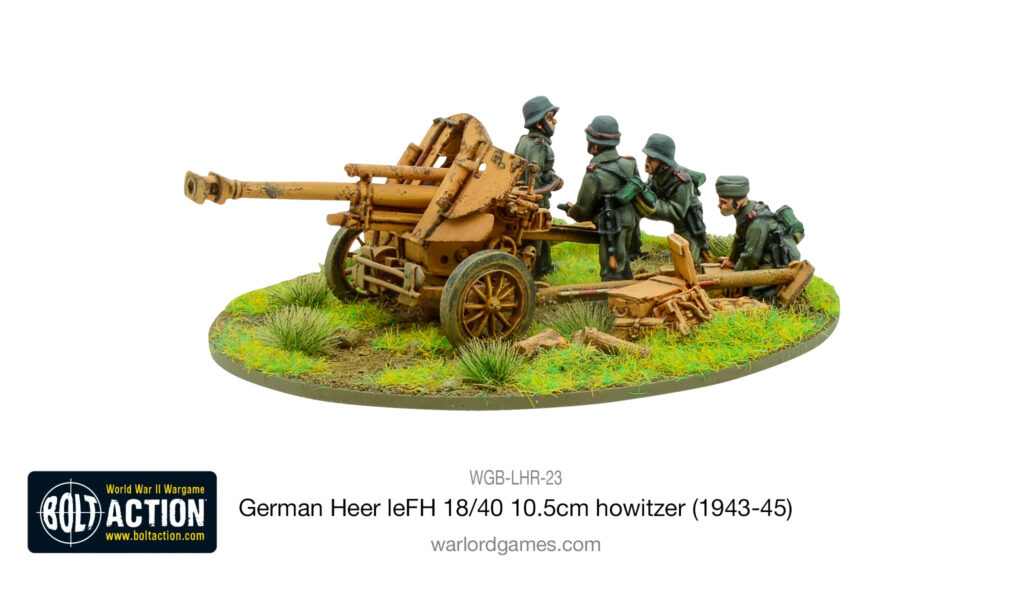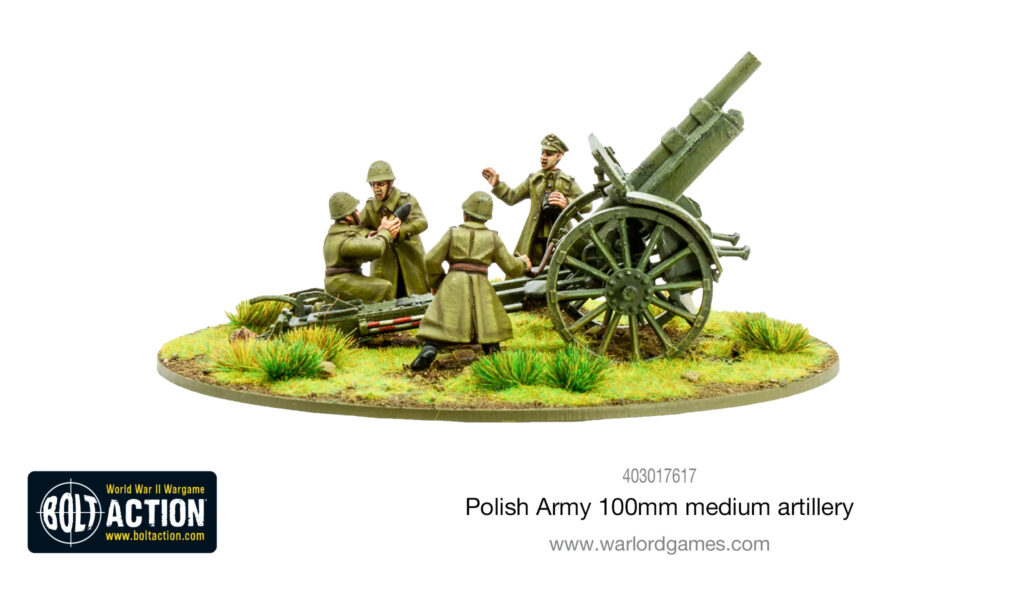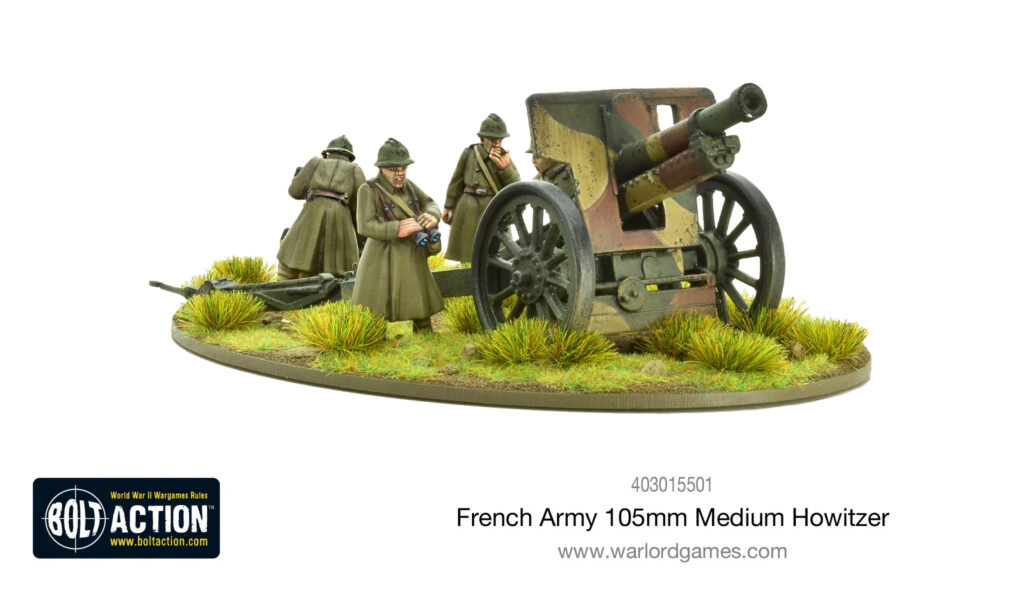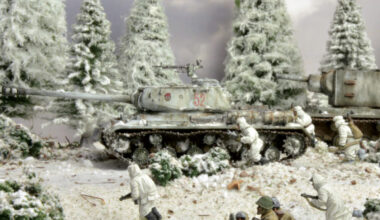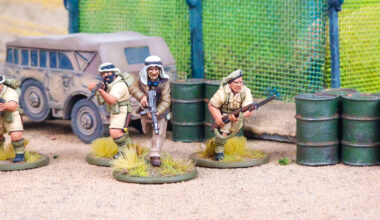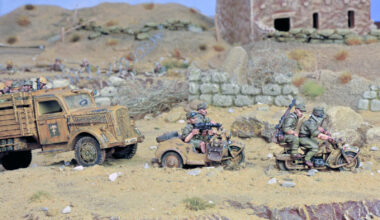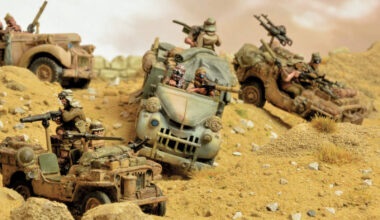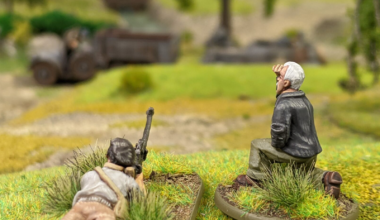Constructed by the slave labourers of Organisation Todt starting in early 1942, the Atlantic Wall stood from Norway to the Pyrenees. Its most fortified sections were concentrated around the all-important ports which any invader would need to acquire in order to supply an army big enough to take on the German Wehrmacht in France. When Rommel took over Army Group B in December 1943 he ordered Organisation Todt and his soldiers to double their efforts to fortify the beaches.
The Germans designed around 700 different types of bunkers and defensive structures to fortify the Atlantic Wall, such as personnel bunkers, observation bunkers, food storage and refrigeration bunkers, bunkers for housing large calibre naval guns, and half bunker Tobruk positions for machine gun and mortar teams. Some bunkers were camouflaged as houses, while some houses positioned near the coast were strengthened to be bomb and shell-proof. On the beaches and around fortifications millions of mines were planted while yet more obstacles were constructed to snag and sink landing craft attempting to offload their men on the beaches. The Atlantic Wall was a zone of death that was designed to hold off invaders until reinforcements could be brought up to drive the Allies back into the sea.
Bunkers
Bunkers provide strong protection from all types of enemy fire, from rifle fire to bombs and heavy artillery. The infantry and machine guns of Fortress Europe survived the gargantuan bombardment by one of the greatest naval and air armadas in human history and were still able to stubbornly resist the spearhead of the Allied invasion on D-Day.
Command and observation bunkers were located all along the Normandy coastline. Some were linked to coastal artillery batteries by phone or radio communication. Command bunkers were also used to coordinate the defence of their resistance nests and to maintain communications with their superiors.
Artillery bunkers like the howitzer casemates used throughout Normandy protected the vital artillery that was to provide support to the static divisions who in turn were tasked with stopping any Allied invasion in its tracks.
The Guns of Normandy
The Germans equipped their Static Divisions in Normandy as well as their fortified positions with the spoils of war gained during the days of the German Blitzkrieg. Obsolescent German types were also used for this purpose.
Light Howitzers
The German First World War era 75mm FK field guns were all over Normandy. There was a 75mm FK field gun in a casemate at Le Hamel on Gold Beach, a battery of four 75mm FK 16 nA in field entrenchments at Breville and two in casemates at Coursellses on Juno Beach. The Krupp-designed 75mm FK 38 gun was also scattered around Normandy. One facing Utah in a casemate and two in Resistance Nest 39 on Gold Beach.
French equipment was also in abundance in Normandy. The 75mm FK 231 (f) was the legendary Matériel de 75mm Mle 1897, the quick-firing field gun in the First World War. There were three located near Omaha Beach, one in Resistance Nest (WN 73) and two in WN 60 near the F1-draw.
The Germans also had light howitzers of Belgian, Czech, Austrian, and Russian origin throughout Normandy. There was an 80mm FK 17 of Czech design and WW1 vintage positioned in an H612 casemate on Omaha. Also facing Omaha was a short-barrelled Russian 76.2mm IKH 290 (r) at WN 64 and two Belgian 75mm FK 235 (b) at WN 62. The 709th Division also had batteries of Russian 76.2mm FK 39 field guns. The Germans did have some standard German light howitzer pieces positioned in some of the Normandy fortifications but they were a minority.
Combining French or Polish artillery models with German crew models provides great opportunities for conversions and makes for a rather unique-looking Bolt Action German army.
Medium Howitzers
The Germans had quite a few medium howitzer batteries in the vicinity of the Normandy beaches. The most common were the German IFH 18/40 and the Czech-made 100mm IFH 14/19(t) produced by Skoda from 1914. The most famous example of the Czech gun was the four-gun battery at Merville in three H669 casemates and one in an H611 casemate. Also common were French 105mm K331 batteries and the Russian 122mm sFH 386(r).
Heavy Howitzers
German units in the vicinity of the invasion beaches had a diverse array of heavy artillery, the largest of which was the 210mm K39/40 battery at Saint-Marcouf. ThK39/40 guns were of Czech design. The Czechs built 60 during the war. These guns were deployed in H683 bunkers, two of which were incomplete when the Allies invaded. With the exception of the German destroyer guns at Longues-sur-Mer (150mm TbtsK C/36) most of the heavy howitzers targeting the beaches were of French origin, mainly the 155mm sFH414(f), 155mm K418(f), and 155mm K420(f) batteries deployed mostly in casemates around Normandy.
Coastal Fortifications in Game
Though fortifications are offered as selections in some of the more scenario-intended reinforced platoons, they are still just terrain and not units in the vein of infantry, artillery and vehicles; they do however provide extra defence to other units or obstacles for the enemy to overcome. They don’t have order dice and do not receive orders.
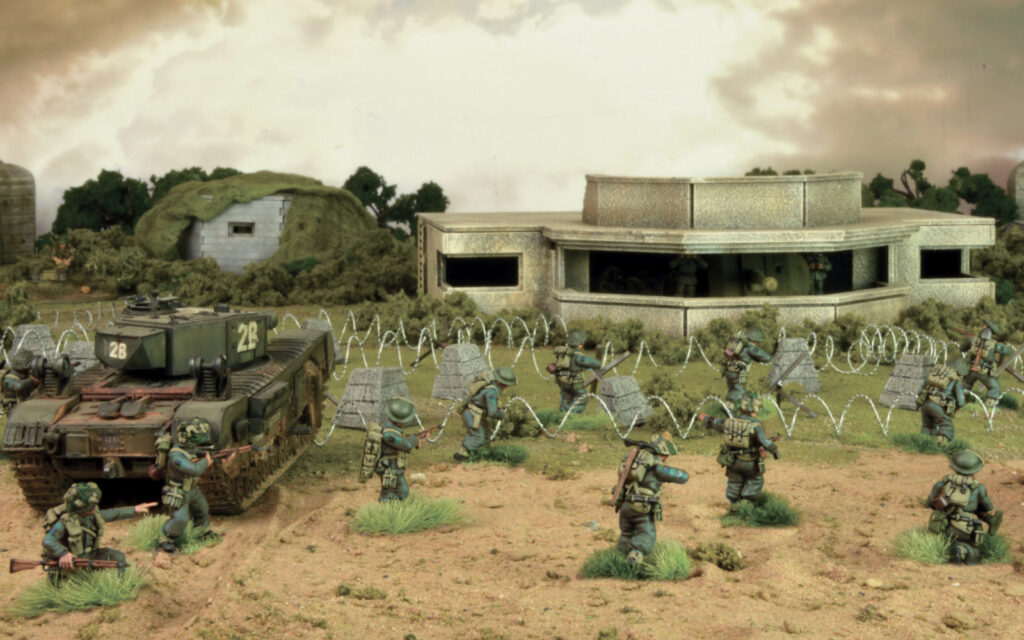
Fortifications are placed after the table’s terrain and objectives have been set up, but before any units have been deployed. They are deployed in the force’s deployment area specified in the scenario being played. When the player deploys his units, he may deploy them in appropriate fortifications such as trench lines, weapon pits, gun pits, or bunkers.
Find all the rules for their use in games of Bolt Action (alongside many other types of fortification) in Campaign D-Day: Overlord.
